Hyundai i20 N Line Review: First Drive
With the i20 N Line, Hyundai is hoping to exploit the sporty credentials of its global N brand and make Hyundai cars more enthusiast-focused. But will this strategy work? We tested the hot hatch in Udaipur to find out...
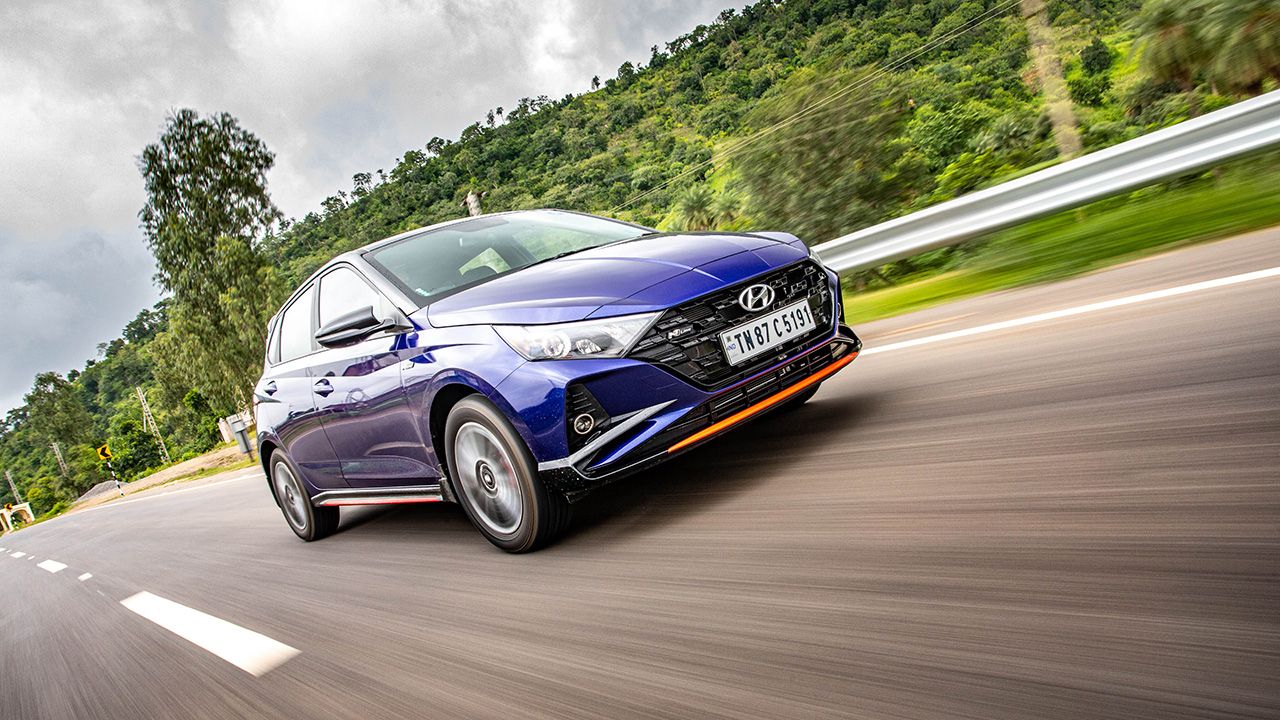
With the i20 N Line, Hyundai is hoping to exploit the sporty credentials of its global N brand and make Hyundai cars more enthusiast-focused. But will this strategy work?
If you’re an avid reader of the international automotive press, particularly of Europe, you must be familiar with the term ‘hot hatch’. You see, soon after the hatchback craze started sometime in the 70s, manufacturers and customers realised that small hatchbacks with big, powerful engines could be a thing of beauty. The MINI Cooper, and its success in rallies, had already proved the potential of the idea. So, as hatchbacks increased in popularity, so did hot hatches, that became known for offering a spirited driving experience and more than enough poke to match most sports cars on twisty roads.
Missing out
Fast-forward to the 90s. India emerged as an automotive market of some significance, with automotive manufacturers from across the world lining up to enter India to have a crack at the market. However, even after more than two decades of economic liberalisation, we haven’t had a true affordable hot hatch, with a rewarding driving experience, sporty handling, and a cheeky appearance, hinting at the explosive performance lurking within.
Now, there have been some notable hatchbacks, which we’ve loosely called hot hatches in India. The first car that comes to mind is the Maruti Suzuki Zen – I owned one in the late 90s. And while it was probably the most fun-to-drive car of its time in India, with its 50-odd horses, it wasn’t really what you would call hot – perhaps, no hotter than a typical summer day in India.
Partial redemption
Things, however, changed towards the end of the first decade of the century, as Hyundai came up with the Getz diesel. It was, perhaps, the most advanced hatchback of its time, with 108bhp on tap and a torque-rich diesel engine – there was nothing not to like. I was amongst those lined up to buy one. But, I soon discovered that it wasn’t really a hot hatch in the true sense of the term. Sure, it had a huge grunt and was fast in a straight line, but around corners, given the disparate weight distribution between the front and rear axles, driving it fast required a level of skill that we Indians weren’t really familiar with. As I discovered during my decade long ownership, the car loved straight roads and hated emergency braking – frankly, with 175-section tyres, drum brakes at the rear, and no ABS, emergency braking in this car was not for the faint-hearted.
Around the same time, VW introduced the Polo GT TSI, the success of which showed that there was a demand for a hot hatch in India and that a dedicated group of enthusiasts was willing to buy one, given it was quick enough and priced well.
Perfect platform
Before coming to the present, let’s make one more stop. About a year ago, while test driving the third-generation i20, which Hyundai had just launched in India, I wished to see a true hot hatch – like the i20 N, which exists globally – in India. You see, since its launch in 2008, the i20 has become one of the pillars of success for Hyundai. Not only did it establish the premium hatchback segment in India but also set new benchmarks – in terms of quality, equipment levels, and comfort – in the hatchback segment. And now, with the i20 N Line, that wish has been partly realised. Why partly, you ask? Let me explain.
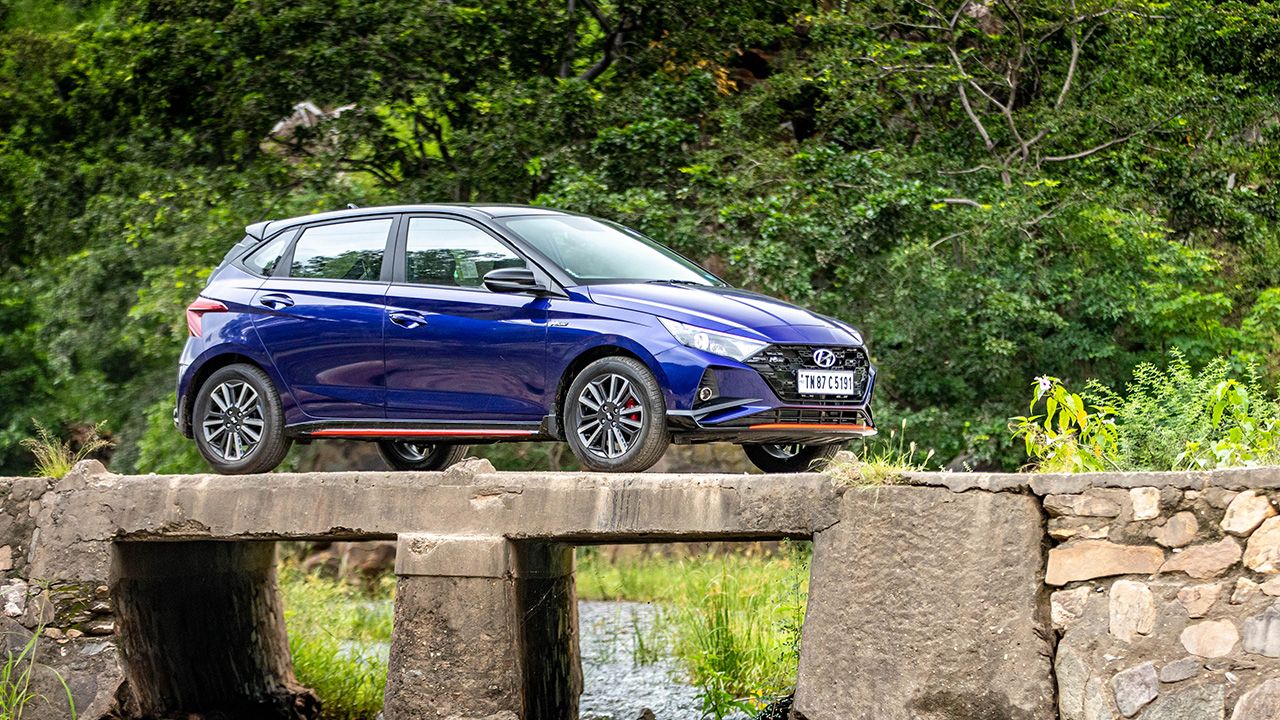
The i20 N line can be looked at in two ways – you can either call it an N Lite or an i20 Enhanced – I prefer the latter. While it shares its platform with the standard i20, it gets an extensive list of upgrades, which are not just visual in nature. For instance, it has a custom suspension setup, which is noticeably stiffer than that of the regular i20, and a retuned steering.
In terms of visual changes, the i20 N Line gets new front and rear bumpers, a much more aggressive front grille, and side skirts, along with a bigger rear spoiler and a smattering of ‘N Line’ badges across the exterior. And let’s not forget the dual exhaust pipes and N branded 16-inch wheels. I also particularly like the bright colour options on the N Line, especially Thunder Blue and Fiery Red, which look gorgeous.

As a side note, responses and comments on our social media channels suggest that the new i20’s styling is quite polarizing, but I’ll stick my neck out and say that it looks pretty good and has a unique visual identity. Sure, some elements of design – like the chrome-infused taillights and pointy front end – are a bit extreme. But overall, I think the car looks very good – even more so in the N Line trim, which has a purposeful and aggressive look.
This aggressive air continues in the interior, with an all-black theme with red highlights –frankly, it’s one of my favourite combinations. Everything here – from the tastefully finished seats with N badging and red highlights all over the cabin to the aluminium pedals – works in the favour of the interior. And given its high fit-and-finish levels, I’d go as far as to claim that the i20 is the best in the segment in terms of quality.
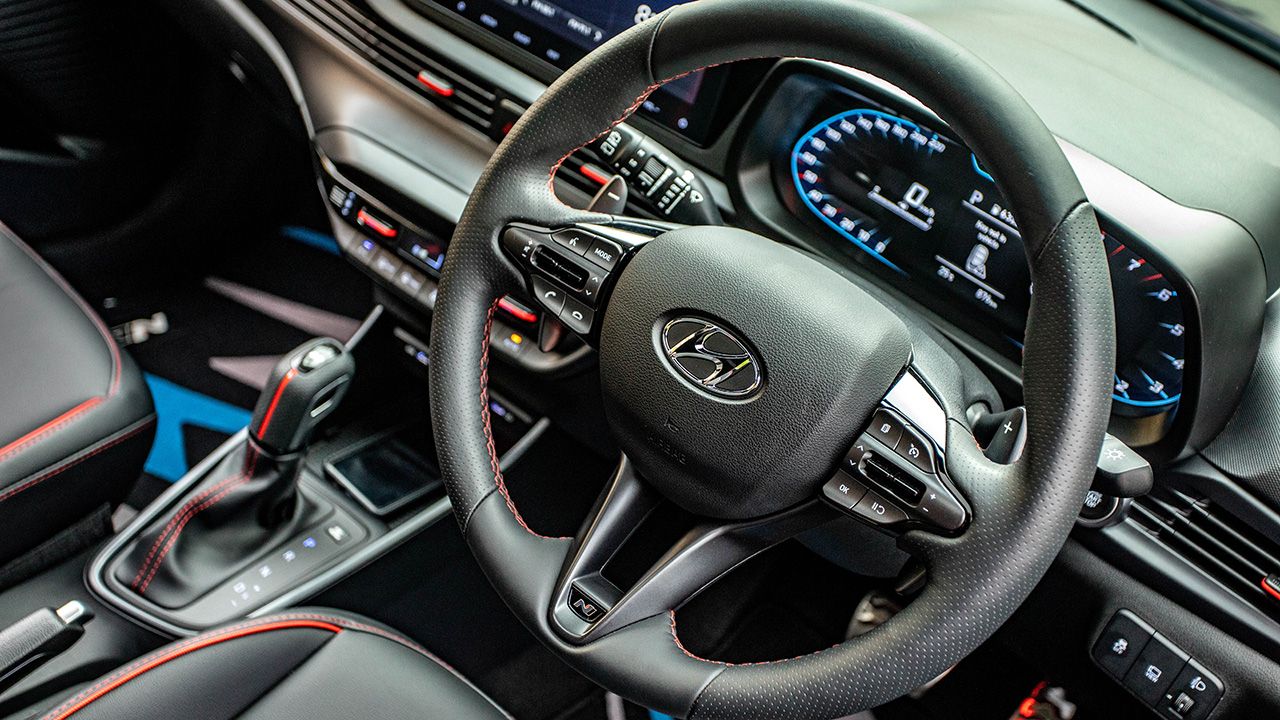
While everything here is simply splendid, I like the front seats the most, for they are almost like armchairs – you can spend long hours in them without any sense of discomfort. I also like the sporty N steering, with its perfect thickness, and the oversized paddle shifters, which are a delight to use.
Carving a road
After driving the car on the amazing roads of Udaipur, it was time for me to discover the mechanical aspect of the i20 N Line. And what I didn’t know was that I was in for a surprise. You see, I drove the standard i20 extensively last year and was very happy with its dynamic behaviour. The chassis was ultra-stiff and the centre of gravity was low – the two of the most desirables traits you can have in a car. With the custom-tuned suspension of the N Line, Hyundai has taken things a bit further. It’s 30% stiffer now, and it does wonders in terms of driving experience – you’ll feel the difference in the chassis and suspension tuning as soon as you start gathering speed. The car feels wonderfully tied down and reacts sharply to your inputs. In fact, such is the stability and roadholding of the N Line that you simply forget to look at the speedometer, and when you do, you’ll be surprised to discover that you’re driving 30 – 40km/h faster than what you thought your speed was.
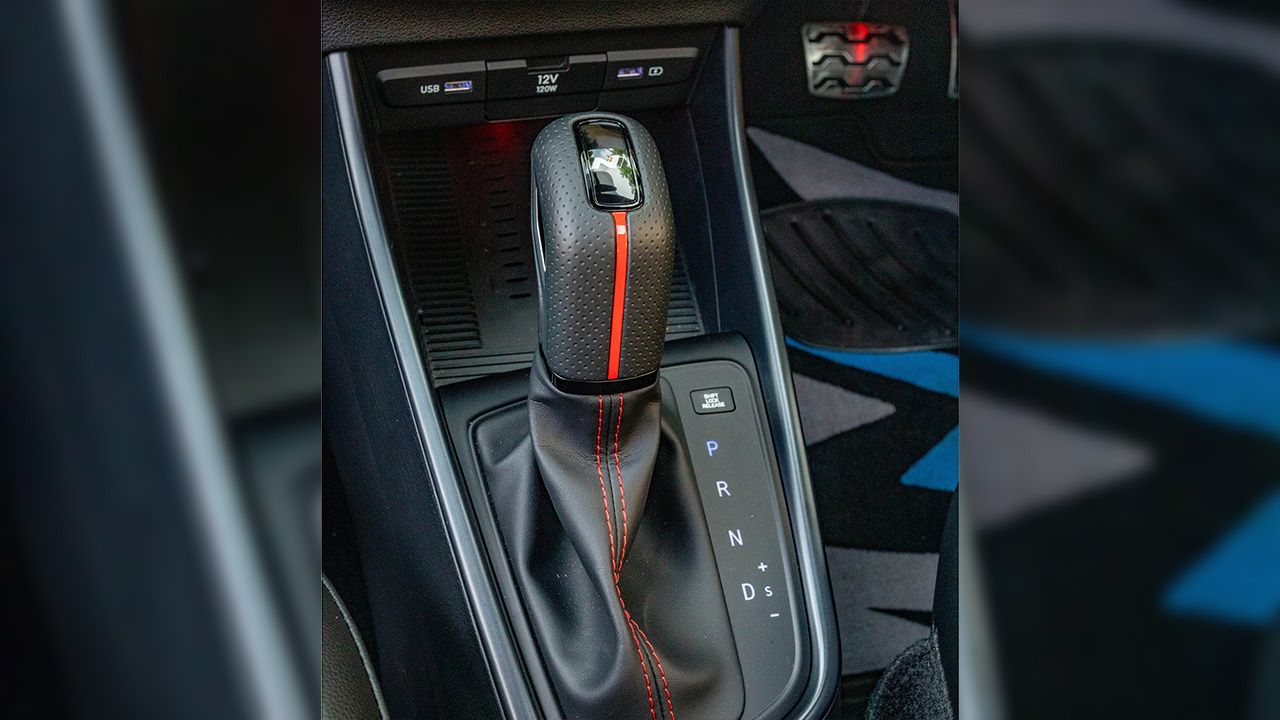
The driving experience is further enhanced by the extremely communicative steering and those oversized paddle shifters, which make manual gear changing a breeze. And it’s good because when left to its own devices, the 7-speed DCT gearbox tends to be ultra-conservative and shifts to a higher gear too soon. Another thing that makes driving this car so fun is its tuned exhaust, which now produces a nice three-cylinder bass note to match its performance. Thankfully, it’s not too loud to grate on your nerves.
All this makes the i20 N Line a fantastic car to throw around on twisty, winding sections of the road or to go on long road trips. The communication between the car and the driver is fantastic. The comfort levels are high enough for you to cover long distances without being fatigued. And the brilliant quality of the interior gives the cabin an air of luxe and opulence. In fact, I think, it wouldn’t be hyperbolic to say that it’s the best driving hatch in the Indian market right now.
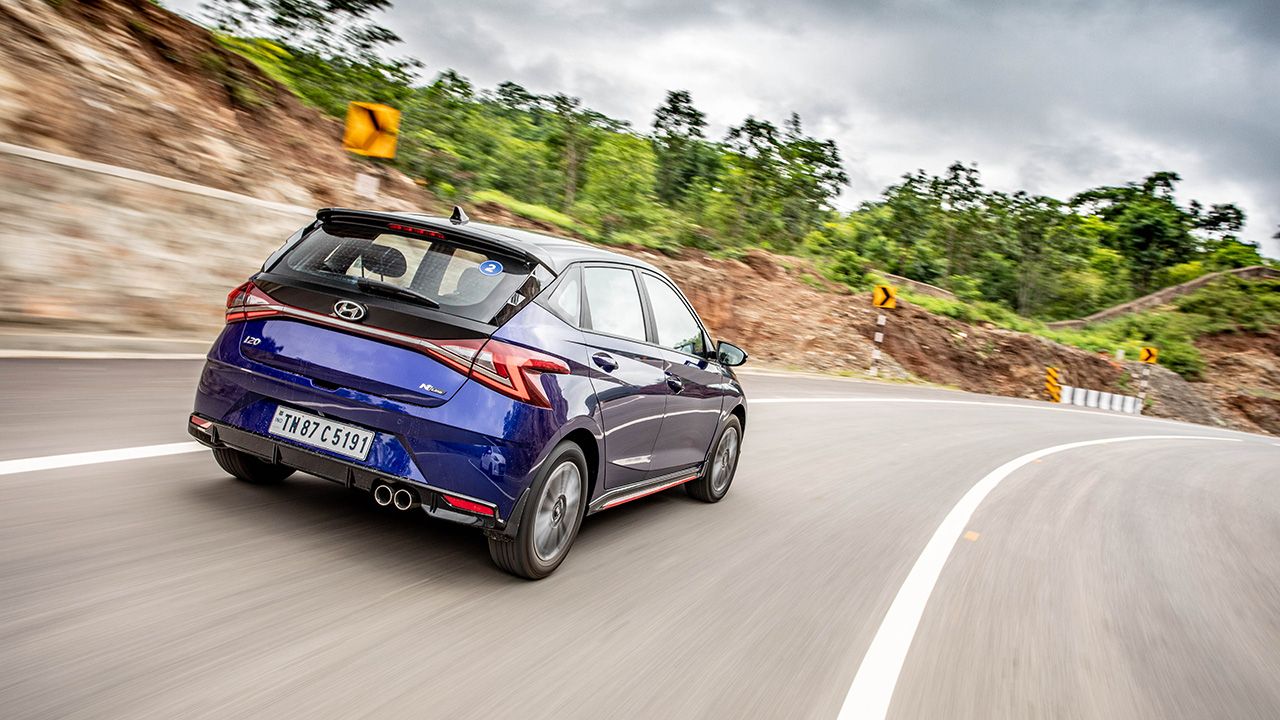
But…
Of course, like all things in the world, the i20 N Line, too, comes with a few caveats. For instance, the stiff ride, which is great for handling and roadholding, is not so great on really bad roads – in fact, the i20 is a bit of a handful on the rough stuff. So, if you are one of those who enjoy the backseat more than the driver’s, this is not the car for you. Also, I think Hyundai missed an opportunity here – a smidgen of more power, say 20 – 25bhp, would’ve made the i20 N Line probably uncatchable on our roads.
And then there is the matter of price. You see, the i20 N Line in N8 DCT trim – it’s what I’d prefer over the iMT automated manual options – is priced at ₹11.76 lakh (ex-showroom), which is a lot of coins for a hatchback. But, once again, there are two ways of looking at it.
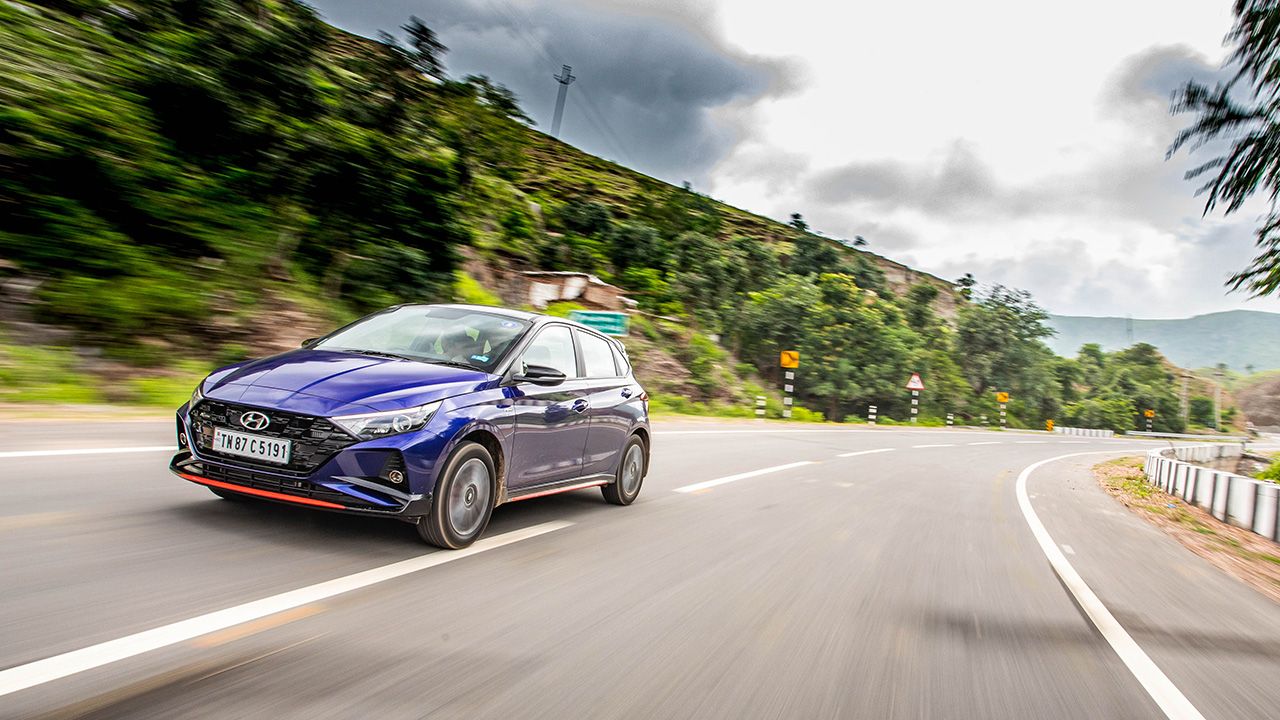
If you compare the N Line to the standard i20, the former would seem to be a hell of a deal, for it offers a bespoke body kit, new wheels, a fancier interior, a nicer exhaust, and a lot more at a premium of just ₹50,000. So, if I were in the market for a top-spec i20, I’d gladly pay the extra cash. On the other hand, if you look at car prices in general, paying nearly ₹12 lakh (ex-showroom) for a hot hatch would seem pretty steep.
That said, I’d like to add that if I wanted a high-quality fast hatch that’s comfortable enough for everyday use, I would buy the i20 N Line without a second thought. And why not? It offers superior quality levels and a better driving experience than any other hatch in the country, and it looks fantastic too. And as for its seemingly steep price, well, as they say, ‘Good things don’t come cheap.’
Read more:
Engine: 998cc / 3-Cylinder / Turbocharged / DOHC
Fuel: Petrol
Transmission: 6-Speed iMT / 7-Speed DCT / Front-Wheel Drive
Power: 118bhp @ 6,000rpm
Torque: 172Nm @ 1,500 – 4,000rpm
Price: ₹9.84 – 11.90 Lakh (Ex-Showroom)
X-Factor: No hot hatch in India matches the i20 N Line – it truly is the new benchmark of the segment.
|
Pros |
Cons
|
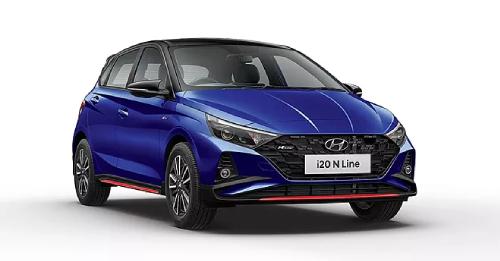

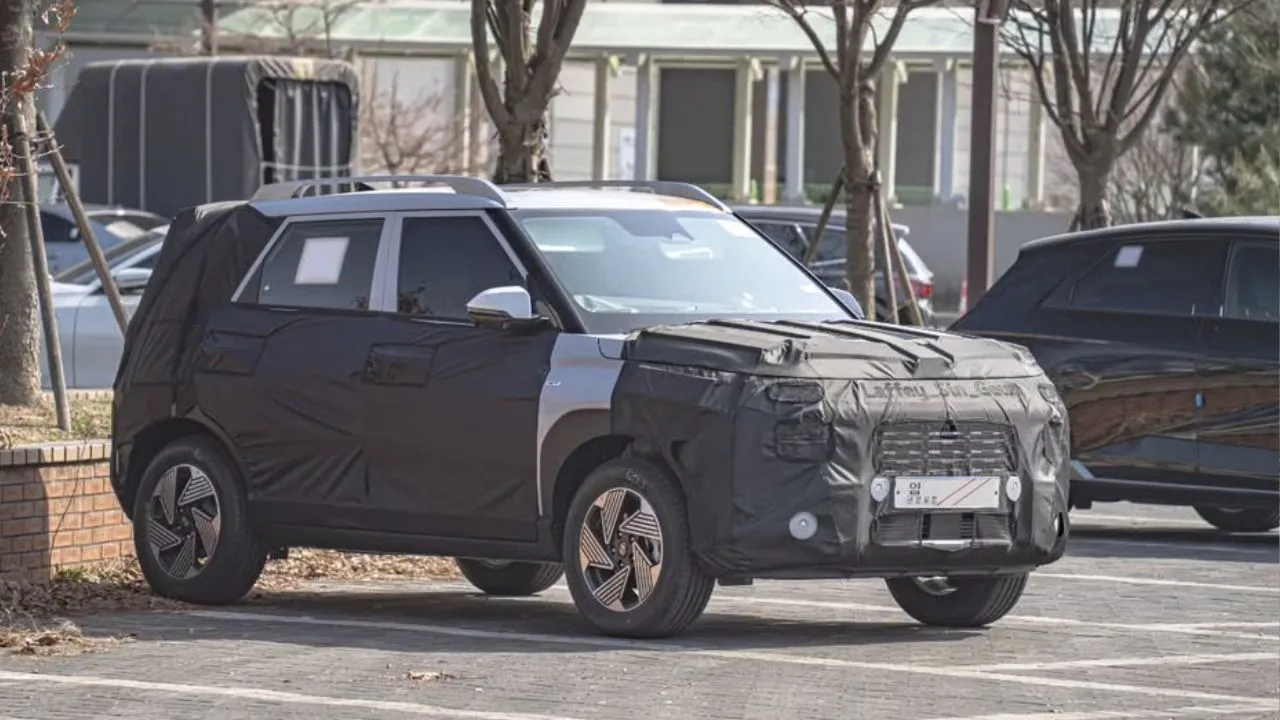

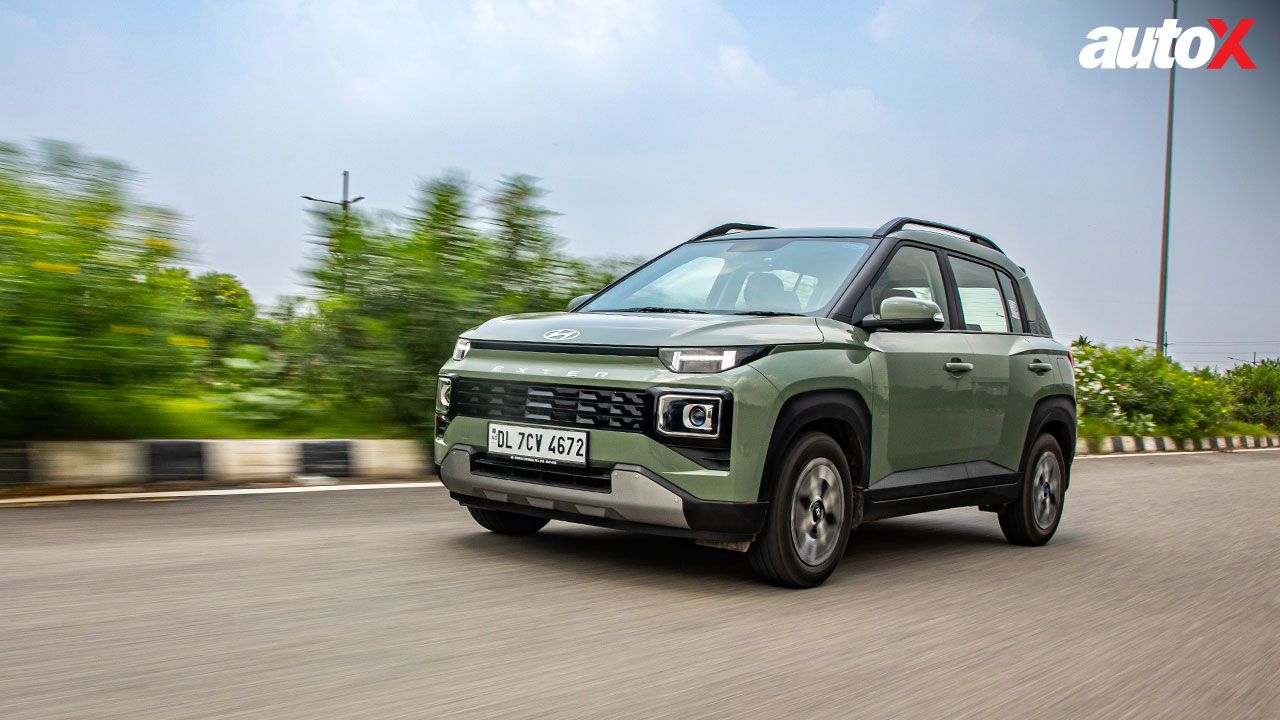
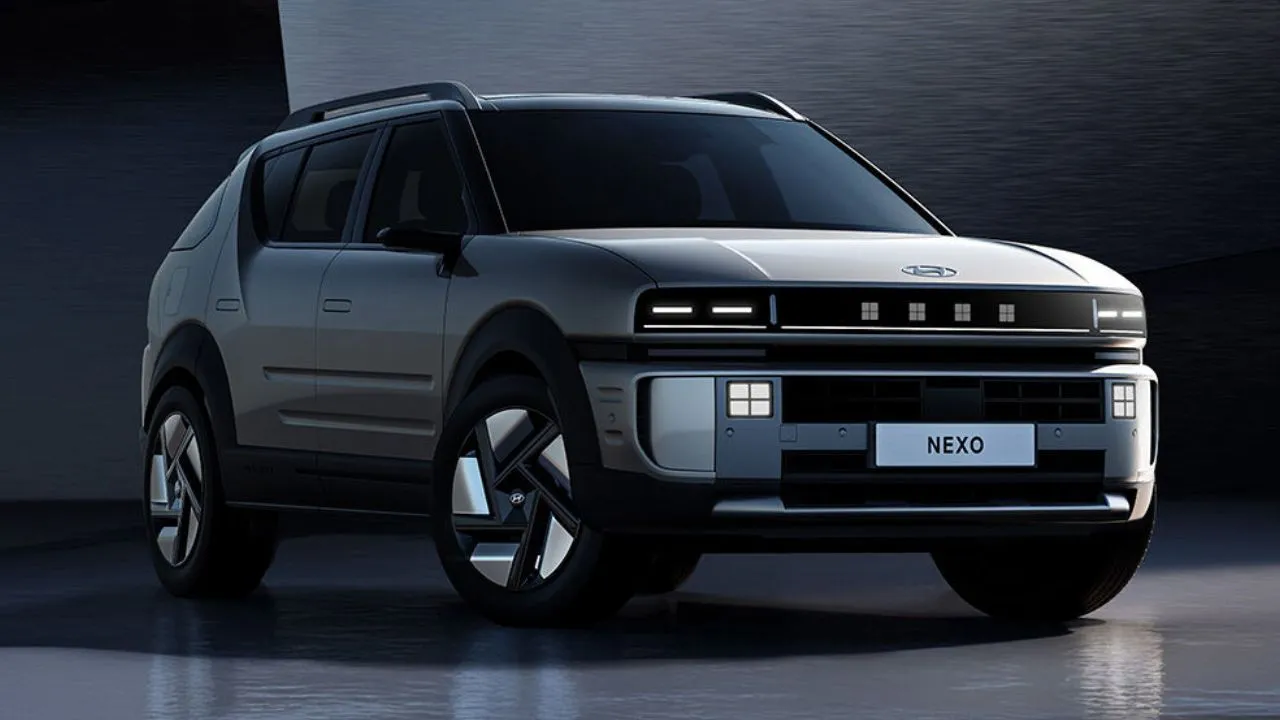
.webp)
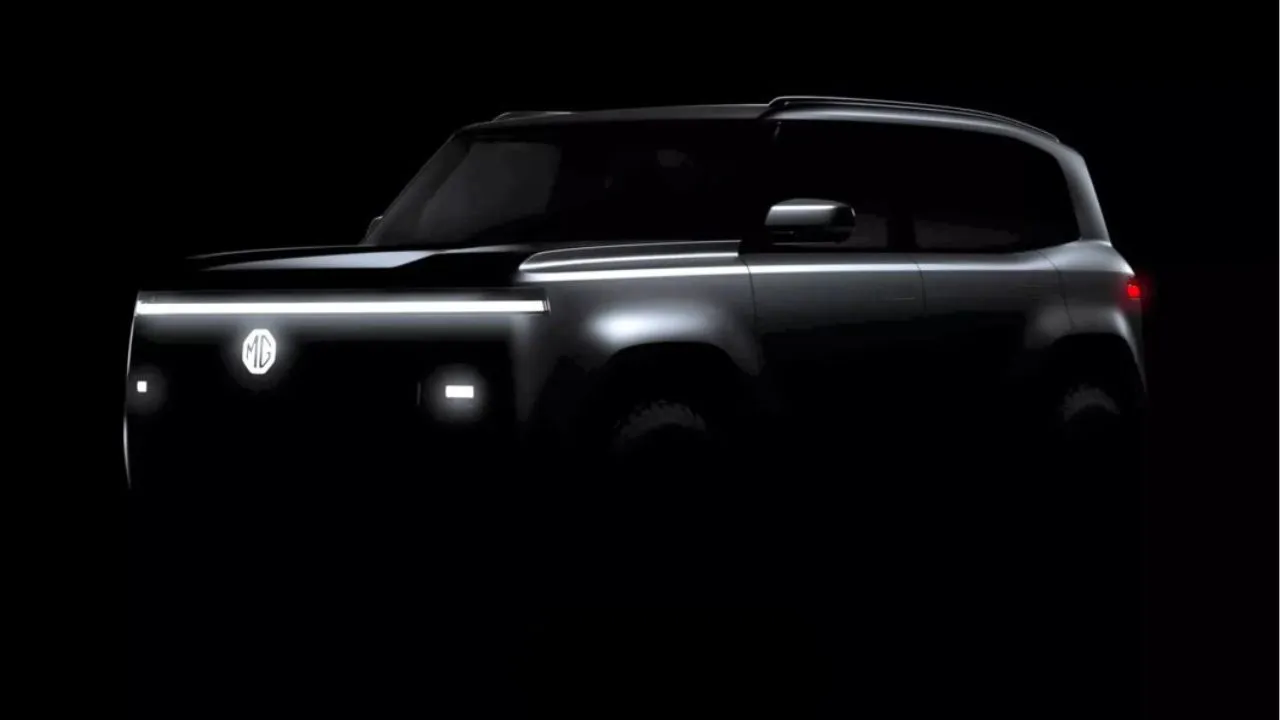
.webp)

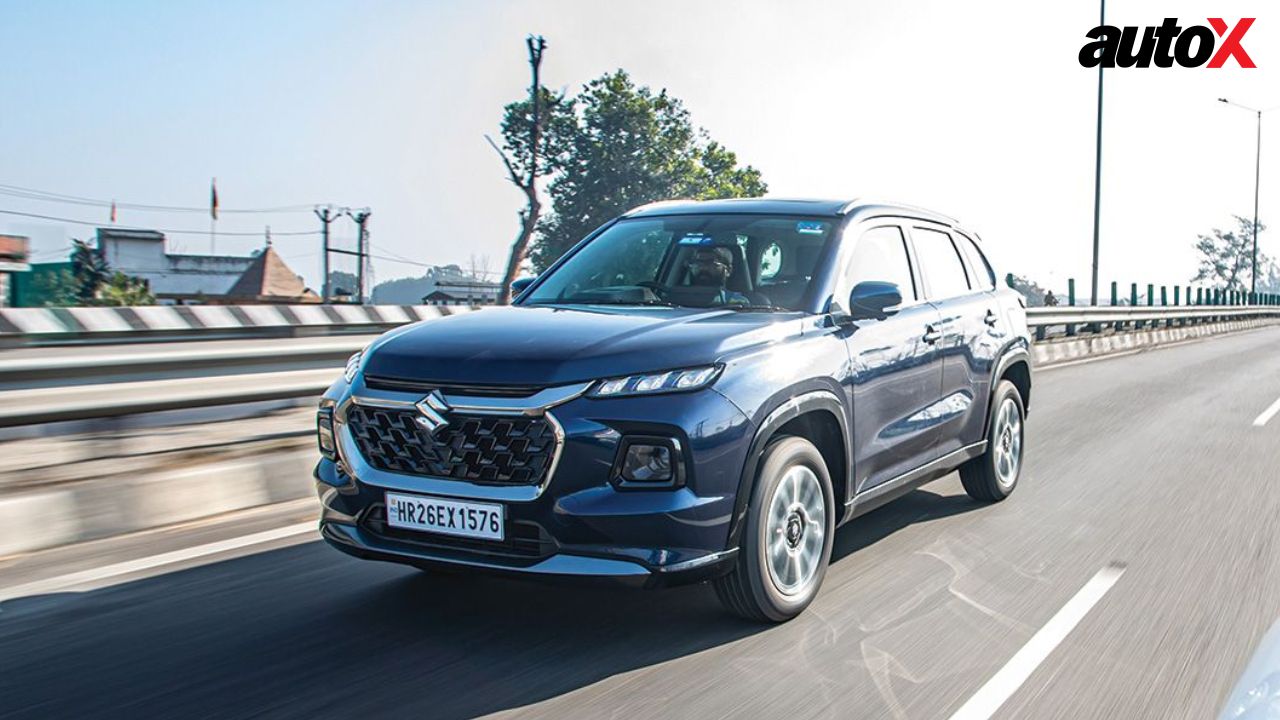



















Write your Comment on